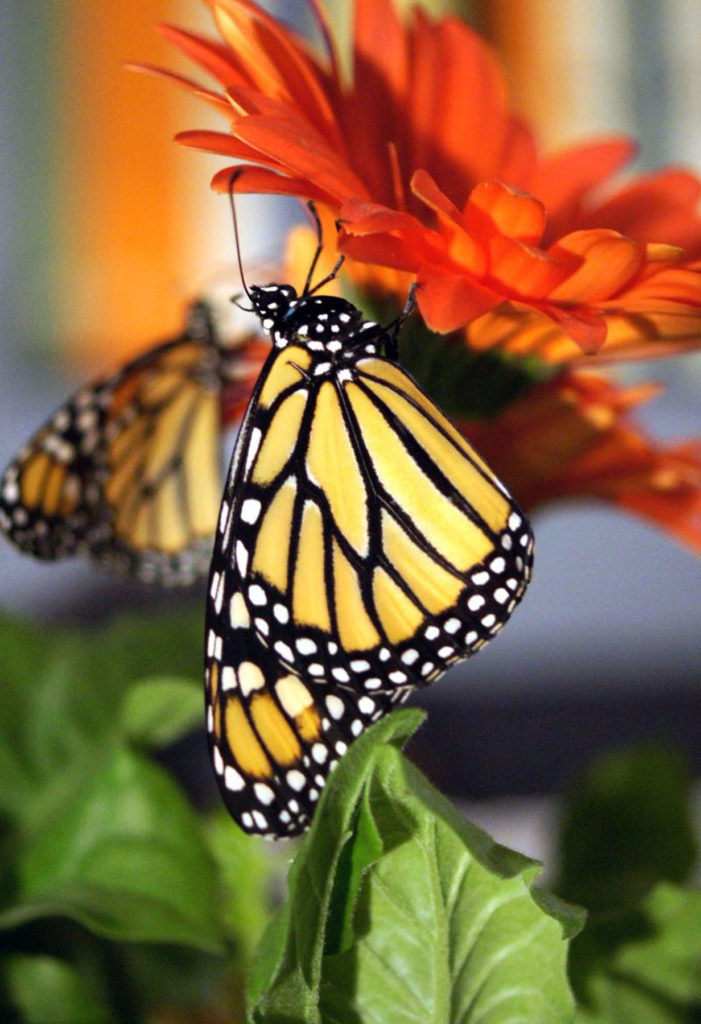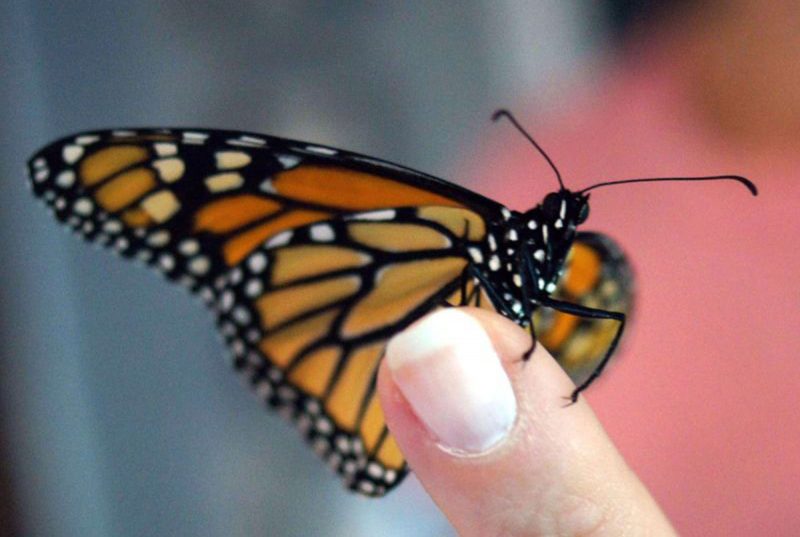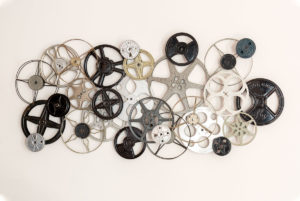The past two days have been wild at our house… literally. We had squirrels (naturally), snakes, and wasps. Two Carolina wrens decided to make their home in one of our hanging planters. By the way, they are the cutest! They mate for life and use the nest building as bonding. They gathered things from around the yard all weekend. The nest is quite impressive. They have the sweetest little song that sounds something like “tea kettle, tea kettle, tea kettle”.
We also attended a butterfly festival. Seeing all of those butterflies in one place at once is just amazing. I will always marvel at nature and the scientific wonders it holds. We purchased 5 chrysalises and took them home to hatch. By Sunday afternoon, two of the Monarch Butterflies had already come out of their cocoons. The boys were spellbound… and I must admit that I was, too.
We have decided to change up some of the back garden to attract butterflies and hopefully, a few hummingbirds will happen along. It is easier than you might think, although it is more involved than just buying a few flowers. The following is a basic outline for building a butterfly garden.
Like any living thing, butterflies need the essentials – food, water, and shelter. In the adult stage, the butterfly will rely on flower nectar for food. Choosing the right variety can be overwhelming. The general idea is to have enough variety with growing overlapping blooming seasons. Here is a shortlist of good options:
- Lantana or Trailing Lantana
- Bee Balm
- Bee Bush
- Butterfly Bush
- Larkspurs
- Red Bird of Paradise
- Red Columbine
- Rose of Sharon
- Sweet Bush
- Trumpet Vine
- Honeysuckle
- Verbena
- Silk tree or mimosa
- Some thistle
Keep in mind, if you wish for the butterflies to stick around you must create an environment that supports the other stages of life. Specifically, it must be comfortable and relatively safe for the larval stage(caterpillar). Caterpillars will likely eat differently than adults. They will need heartier vegetation. They will find this in shrubs and bushes but will enjoy cabbages and parsley, as well. Because they move rather slowly, the cover is an important issue. A complete butterfly garden will include a mixture of plant types – trees, shrubs, flowers, and grasses. The trees and shrubs provide much-needed protection from wind and rain.

Some other things to consider:
- Butterflies and hummingbirds prefer red. They like other bright colors as well – such as purple, yellow, and orange.
- For the life cycle to continue the female needs a place to lay her eggs. Likely candidates are Black-eyed Susan, Daisies, and Queen Anne’s Lace.
- Although nectar is the food of choice, butterflies also enjoy rotten fruit. Place a small plate of mashed bananas or watermelon near their habitat.
- Leave the residual vegetation behind. Often times the plants can contain overwintering pupa or larva that will continue the life cycle in the spring.
- Butterflies are cold-blooded and like lots of sun to keep their flight muscles in peak condition. Fortunately, most of the flowers that will attract them also require full sun.
- Provide water shallow water sources. One good way is to fill a terracotta tray with pebbles and/or sand up to within 1/2 inch of the rim. Just barely cover the pebbles with water. Be sure to check it regularly.
- Place your butterfly habitat in an area that can be viewed from inside or a relaxing spot outdoors.
Now, what happens if you make the perfect spot and nobody shows up? Well, there are several places you can go to find butterflies or caterpillars. Start with a local search. This will yield species that are native to the area. If you begin with caterpillars you can see the wonder of it all unfold. If you do not have a resource nearby check out this place on the web. This kit is an excellent way to teach the science and beauty of the butterfly life cycle to your kids.
savour… flit and dive








